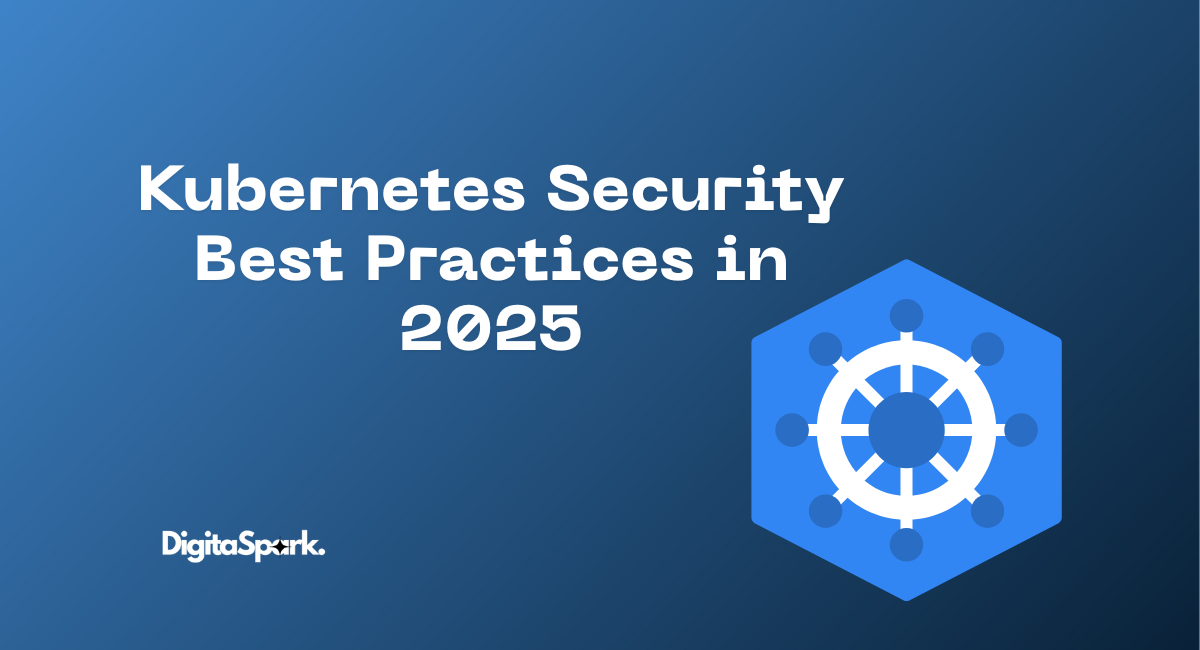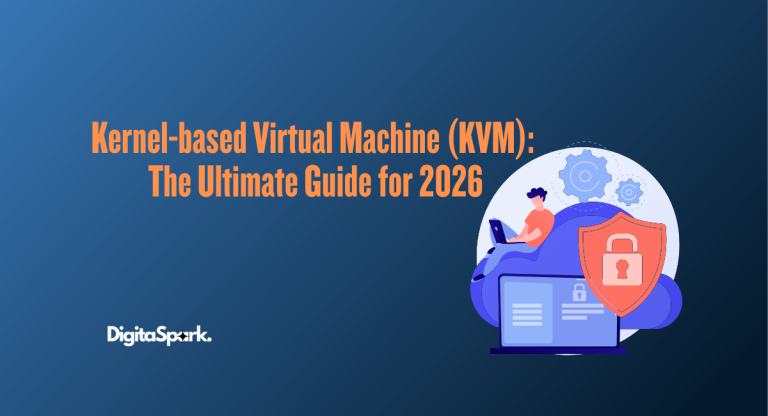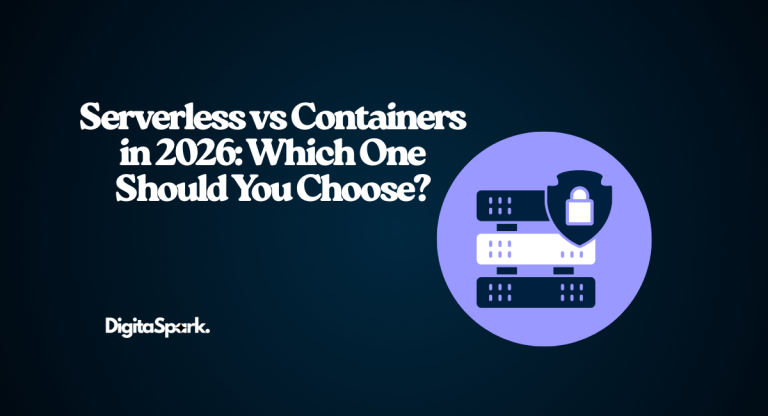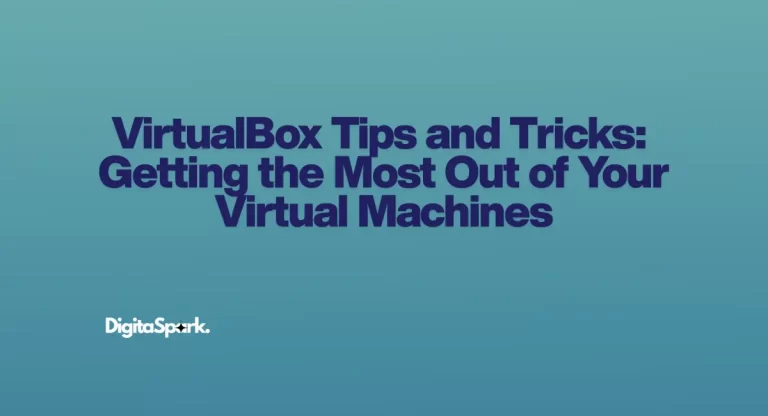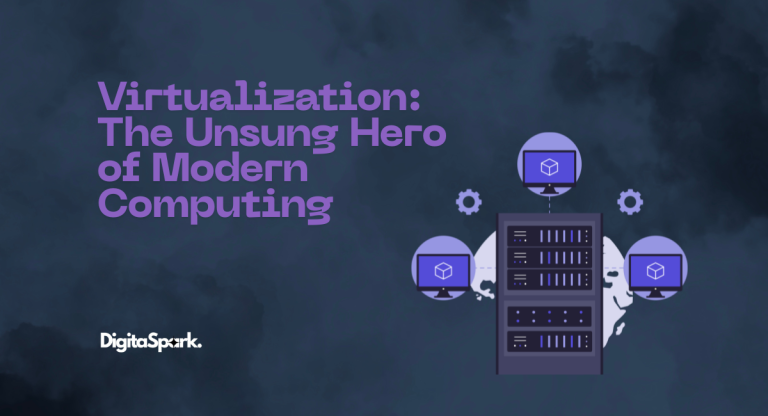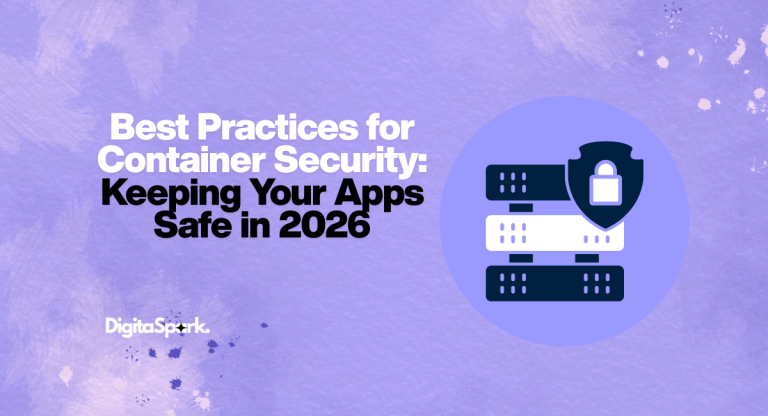Kubernetes Security Best Practices in 2026
If you’re working with Kubernetes in 2026, chances are your business relies on it for something mission-critical. It’s no longer just a tool that a few cloud-native startups play with—it has become the default way to run containerized workloads at scale. Banks, e-commerce giants, healthcare providers, SaaS platforms—you name it—are all running Kubernetes in production. And with this rise in adoption, the importance of Kubernetes security has gone from being a “nice-to-have” checklist to a business survival issue.
Let’s be honest: Kubernetes is powerful but complicated. It has so many moving parts—control planes, worker nodes, pods, services, APIs, etc.—that even small misconfigurations can snowball into security risks. Attackers know this, and they’ve become smarter. In fact, many modern exploits specifically target Kubernetes clusters because they know companies are rushing to adopt it but not always securing it properly.
In this guide, I’ll walk you through the best practices for Kubernetes security in 2026, covering everything from cluster hardening to supply chain security. I’ll also share where teams often trip up and how you can avoid those pitfalls. If you’re unfamiliar with the concept of virtualization, I have written an in-depth blog about Container to cover the basics and set the stage for tools like Kubernetes.
Why Kubernetes Security Feels Different in 2026
A few years ago, most conversations around Kubernetes security were about basics: “Don’t run pods as root,” “Enable RBAC,” and “Make sure you upgrade regularly.” Those basics still matter, but in 2026, the threat landscape has shifted.
- Attackers are using AI-driven tools to scan for misconfigured clusters in real time.
- Ransomware campaigns now target Kubernetes environments directly, often by hijacking workloads to run cryptominers.
- Regulations have tightened—if you’re in finance or healthcare, compliance checks for Kubernetes are now routine.
- Supply chain attacks (where malicious code sneaks into your containers or CI/CD pipelines) have become one of the biggest risks.
In other words: Kubernetes is too important to leave gaps in security. The cluster has become the “new operating system” for businesses, and you need to treat it as such.
1. Start with a Hardened Cluster
Think of your Kubernetes cluster as a house. If the foundation is weak, no amount of fancy security gadgets will save you. Cluster hardening means making sure the core components are locked down from day one.
- Always upgrade to the latest Kubernetes release: Kubernetes patches vulnerabilities regularly. Running old versions is like leaving your doors unlocked. I’ve seen companies run clusters on versions that are 2–3 years old just because “it still works.” That’s basically handing attackers a key.
- Follow CIS Benchmarks: The Center for Internet Security publishes guidelines for Kubernetes hardening. These are gold. Automate checks with tools like Kubebench or Kubeaudit.
- Encrypt etcd at rest: etcd is where Kubernetes stores secrets, config, and state data. In 2026, not encrypting it is like storing your house keys under the doormat.
- Limit node-level access: Workers shouldn’t be wide open. Disable root SSH logins, restrict sudo access, and use hardened OS images (Bottlerocket, Flatcar, or minimal Linux distros).
Personal note: I once worked with a client whose node SSH keys were floating around on a shared Slack channel. An intern accidentally spun up workloads using those keys on his laptop at home. Thankfully it was caught early, but that’s the kind of mistake attackers hope for. Harden your cluster first.
2. Lock Down Access with RBAC and Least Privilege
One of Kubernetes’ strengths—its flexible permissions system—can also be its biggest weakness if left unchecked.
- Use the principle of least privilege: Don’t give admin rights “just in case.” Assign only the permissions needed, nothing more.
- Namespace separation: Organize workloads by namespaces and apply RBAC rules per namespace. This prevents one app from accidentally (or maliciously) messing with another.
- Rotate service account tokens: Long-lived tokens are dangerous. In 2026, attackers specifically look for leftover service tokens in CI/CD logs.
- Integrate with your identity provider: Tie Kubernetes auth into Okta, Azure AD, or Google IAM. Enforce MFA for admins.
Think of RBAC like dividing house keys. Not everyone should have the master key that opens every door. Some should only open the front door, others just the garage, and maybe one or two trusted people get the full set.
3. Network Security: Stop the East-West Chaos
Networking in Kubernetes can get messy fast. By default, pods can talk to each other freely, and that’s risky.
- Use NetworkPolicies: Start with a “deny all” policy, then explicitly allow traffic. Yes, it’s a pain at first, but it’s worth it.
- Zero trust networking: Every connection—pod-to-pod, pod-to-service—should be authenticated and encrypted. Service meshes like Istio or Linkerd make this easier with mutual TLS.
- Control egress traffic: Don’t let every workload connect to the internet freely. If a pod is compromised, that’s how data leaks or malware downloads happen.
- Pick a CNI with security features: Cilium and Calico are strong choices. They let you inspect and enforce security at the packet level.
Imagine your cluster as a big office building. Without network policies, every room is open to every other room. With policies, you control which doors are locked and who gets in.
4. Secure Your Container Images
Here’s a scary fact: Many Kubernetes breaches start not from the cluster itself but from bad container images.
- Scan images for vulnerabilities: Tools like Trivy or Clair should be part of your pipeline, not an afterthought.
- Use minimal base images: Alpine or Distroless images cut down on unnecessary software (and therefore vulnerabilities).
- Sign images: In 2026, signing with Sigstore/Cosign is considered standard. Unsigned images should be rejected.
- Drop root privileges: Running containers as root is still one of the most common misconfigurations.
A real-world example: Tesla once had a Kubernetes console exposed with no password, and attackers used it to deploy containers that mined cryptocurrency. The root cause? Poorly secured workloads. Don’t repeat that mistake.
5. Pod Security and Isolation
Pods are the smallest unit, but don’t underestimate their power.
- Use Pod Security Admission (PSA): Kubernetes now has built-in pod security standards (privileged, baseline, restricted). For production, stick to restricted.
- Enable Seccomp, AppArmor, SELinux: These Linux features add extra safety nets.
- Set resource limits: Prevent one pod from hogging CPU/memory and knocking out others.
- Sandbox critical workloads: For sensitive apps (like payments or healthcare), use gVisor, Kata Containers, or Firecracker for isolation.
6. Manage Secrets the Right Way
If you’re still storing secrets in plaintext or environment variables, you’re asking for trouble.
- Kubernetes secrets encryption: Enable envelope encryption with a KMS provider.
- External secret managers: HashiCorp Vault, AWS Secrets Manager, or GCP Secret Manager integrate cleanly with Kubernetes.
- Automate rotation: Certificates and API keys should rotate automatically. Manual rotation is where mistakes creep in.
- Short-lived tokens: Avoid long-lived credentials. Attackers love finding these in logs.
7. Runtime Security and Monitoring
Even with hardened setups, you need to assume something will go wrong eventually. That’s where runtime monitoring comes in.
- Detect suspicious behavior: Tools like Falco can alert you if a pod suddenly starts spawning shells or making strange network calls.
- Enable audit logs: Capture API server activity and ship logs to a central SIEM for analysis.
- Automate response: Don’t just alert—quarantine compromised pods automatically.
- Use observability stacks: Prometheus + Grafana + OpenTelemetry help you spot patterns before they become problems.
Think of it like home security cameras. Even with strong locks, you still want to know if someone is snooping around.
8. Supply Chain Security
Supply chain attacks are one of the hottest topics in 2026. Attackers know they don’t have to hit your cluster directly if they can sneak in through your pipeline.
- Secure CI/CD pipelines: Only trusted users should push images. Sign commits and scan builds before deploying.
- Use SBOMs (Software Bill of Materials): Tools like Syft generate SBOMs so you know exactly what’s in your images.
- Enforce admission policies: Reject any unsigned or unscanned image from entering the cluster.
- Favor reproducible builds: They make tampering harder.
9. Compliance and Governance
Regulators have caught up with Kubernetes. If you’re in finance, healthcare, or even SaaS, audits are coming.
- Automated compliance checks: Tools like Kubescape, Kyverno, and OPA Gatekeeper can enforce rules automatically.
- Log retention: Keep audit logs for months (or years) depending on your industry.
- Policy as code: Treat compliance rules like code so they can be tested, versioned, and enforced.
- Pen testing: Simulate real-world attacks on your cluster. It’s better to find weaknesses yourself than let attackers find them first.
10. Looking Ahead: What’s Next for Kubernetes Security?
A few trends worth watching as we move further into 2026:
- AI-driven threat detection: Machine learning models are increasingly used to spot anomalies in Kubernetes workloads.
- Confidential computing: Protecting data in use with technologies like Intel SGX and AMD SEV.
- Self-healing clusters: Using GitOps pipelines to automatically fix security misconfigurations.
- Decentralized identity: Emerging standards for pod-to-pod authentication without relying solely on central secrets.
Final Thoughts
Securing Kubernetes isn’t something you “set and forget.” It’s a living process. The threats are evolving, and so are the tools to defend against them. The key takeaway? Don’t treat Kubernetes like just another deployment tool—it’s the backbone of your business infrastructure, and it deserves the same level of attention you’d give to traditional operating systems or networks.
If you’re serious about running Kubernetes in production in 2026, build security into every layer: the cluster, the workloads, the pipelines, and the people managing it. The companies that succeed are the ones that bake security into their DevOps culture—not as an afterthought, but as a foundation.

